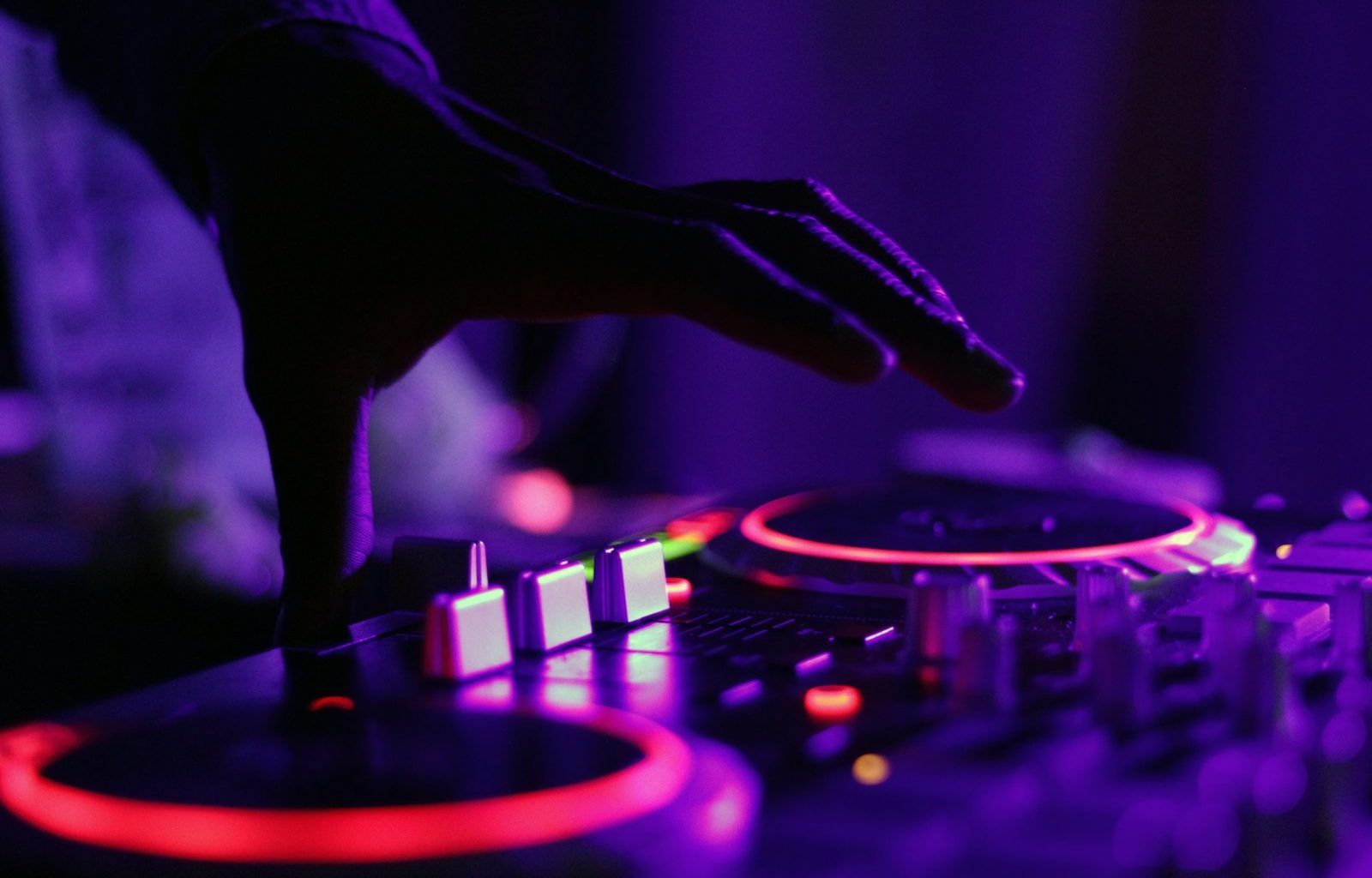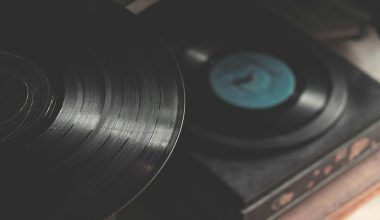Getting your music set up right is essential whether you’re a beginner exploring your passion for music or a seasoned musician setting up your studio or stage. It’s not just about plugging in a few cables and pressing play. A good setup ensures your sound is clear, your equipment is protected, and your creativity can flow without interruptions.
In this guide, we’ll walk you through every step, from selecting the right equipment to making sure your sound is top-notch. Let’s make your music set up as seamless and enjoyable as possible!
Why a Good Music Set Up Matters
A proper music set up can make a world of difference. Have you ever attended a live performance where the sound was distorted or too soft? That’s the result of a poor setup. Similarly, in a recording studio, an improper setup can ruin what could have been a beautiful track.
When you prioritize your setup, you’re investing in better sound quality, ease of use, and longevity for your equipment. Even if you’re just starting, taking the time to set up correctly will save you countless headaches down the line.
Choosing the Right Equipment
Before diving into cables and connections, you need to choose the right gear. This step is foundational to a great music set up.
1. Instruments and Audio Sources
Whether you’re working with a guitar, keyboard, microphone, or DJ controller, make sure your instrument or audio source is of good quality. Test them out in person if you can. If you’re setting up a studio, prioritize versatile instruments that can adapt to different music styles.
2. Amplifiers and Speakers
The way your music sounds depends a lot on your amplifiers and speakers. If you’re playing live, you’ll want gear that can handle the venue size. For home studios, smaller monitors with excellent clarity might be the better choice.
3. Audio Interface
An audio interface is essential for connecting your instruments to your computer. This device converts your analog signal into a digital one, ensuring your recordings are crisp and professional.
Setting Up Your Space
Your music set up isn’t just about equipment—it’s also about the space where you’re working.
Acoustic Treatment
If you’re setting up a studio, acoustic treatment is a game-changer. It minimizes echoes and ensures your sound is accurate. Foam panels, bass traps, and diffusers are excellent for achieving this.
Lighting and Layout
Your space should feel comfortable and inspiring. Organize your equipment so everything is within reach. Good lighting also helps create a positive environment.
Cables and Power Sources
Use high-quality cables to connect your gear. Cheap cables often cause interference or degrade sound quality. Additionally, make sure you have a reliable power source with surge protection to safeguard your equipment.
Connecting and Testing Your Music Set Up
Once you have your equipment and space ready, it’s time to connect everything.
Step-by-Step Process
- Start Small: Begin by connecting one piece of equipment at a time. For example, connect your instrument to the amplifier.
- Add Layers: Gradually introduce more equipment, like your audio interface or effects processors.
- Check Levels: Adjust volume levels to prevent distortion or feedback.
Test Runs
Always do a test run before a live performance or recording session. Play a few notes or record a sample to check for issues. This habit can save you from last-minute surprises.
Enhancing Your Music Set Up
Once the basics are in place, there are plenty of ways to enhance your setup.
Invest in Software
Music production software like Ableton Live, Logic Pro, or FL Studio can take your setup to the next level. Experiment with plugins and effects to expand your sound.
Upgrade Over Time
You don’t need the most expensive gear from day one. Start with what you have and upgrade gradually as your skills improve.
Learn Sound Engineering Basics
Understanding concepts like EQ, compression, and reverb will help you optimize your music set up and produce better results.
Common Music Set Up Mistakes to Avoid
Even seasoned musicians make mistakes when setting up. Here are some common pitfalls and how to avoid them:
- Skipping Proper Grounding: This can lead to hum or buzz in your sound system. Always ground your equipment.
- Overlooking Cable Management: Messy cables aren’t just unsightly; they’re a tripping hazard and can cause equipment damage.
- Ignoring Room Acoustics: Even the best equipment won’t sound good in a poorly treated room.
Maintaining Your Music Set Up
Once your setup is perfect, the work doesn’t stop there. Proper maintenance is crucial for keeping everything in top shape.
Regular Cleaning
Dust and dirt can harm your equipment. Wipe down your gear regularly and keep it covered when not in use.
Software Updates
If you’re using digital tools, make sure your software and drivers are up to date. This ensures compatibility and optimal performance.
Routine Checks
Periodically check all connections, cables, and equipment for wear and tear. Replace anything that looks damaged to prevent bigger issues.
Conclusion
Setting up your music space is a rewarding process that can significantly impact your sound and creativity. By focusing on the right equipment, a well-organized space, and proper connections, you’ll have a music set up that supports your goals, whether you’re jamming at home or performing for a crowd.
Remember, a great setup doesn’t happen overnight. Take your time, experiment, and enjoy the journey. The effort you put into your music set up today will pay off in your recordings and performances for years to come.
For further reading, explore these related articles:
For additional resources on music marketing and distribution, visit DMT Records Pvt. Ltd..






